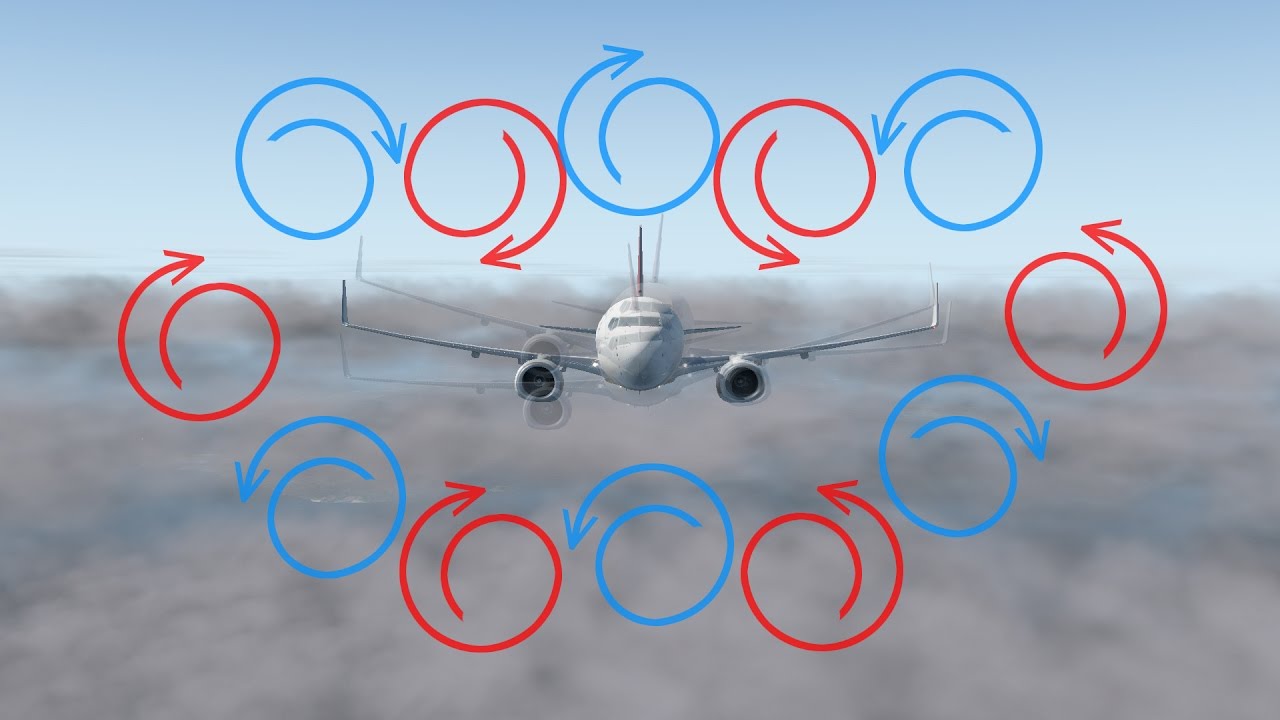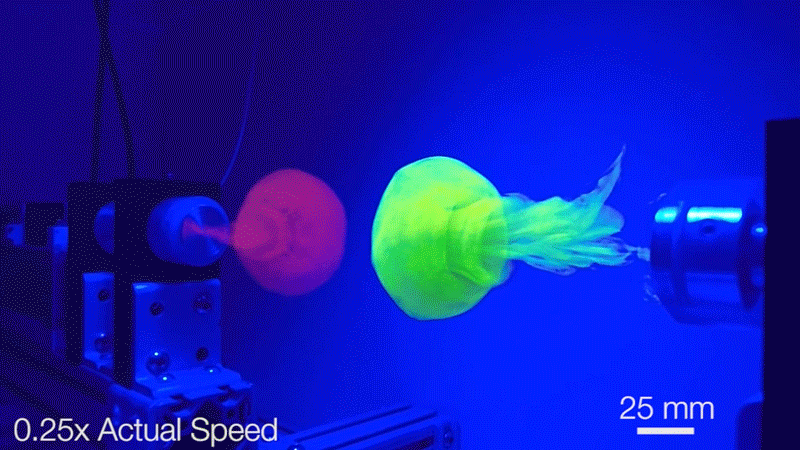Between the years 1650 and 1900 the science of Physics made tremendous progress in understanding how the world and the things in it worked. Building on the mathematical framework provided by Galileo and Newton the phenomenon of kinematics, celestial mechanics, thermodynamics, and electromagnetism were studied and described. It seemed to many as if there was no problem that Newtonian Physics could not conquer. Indeed there were actually some physicists in the late 1800s who believed that they were within reach of a complete understanding of the Universe.

That comfortable idea blew up between 1900 and 1930 as the twin revolutions of Relativity and Quantum Mechanics completely changed our view of reality forever. These new ways of looking at the universe were so exciting that they made the old, ‘classical physics’ of Sir Isaac seem more than a little tired. I must admit that when I started college in the 1970s classical physics was thought of as something you learned so you could understand the ‘good stuff’.

That attitude has changed somewhat over the last 20-30 years as new instruments and new mathematical techniques have allowed physicists to take a look back at some old problems that 19th century physicists had ‘kinda, sorta figured out’ but never precisely understood. In general these problems dealt with systems of a large numbers of objects interacting in such complex manners that precise observations were nearly impossible while theoretical calculations involved so much ‘number crunching’ that no human being could ever perform them.

Two of the new tools that are helping to overcome these difficulties are the development of computers and supercomputers along with high speed, high definition cameras. The computers have allowed physicists to perform calculations of extremely complex problems with thousands or even millions of variables, problems where simply the number of calculations to be performed are beyond human ability. The high speed cameras meanwhile allow the scientists to check, with ever greater precision, exactly what is happening in an experiment instant by instant, seeing things that the human eye could never catch.

One phenomenon that in classical physics was understood in general terms but not in its details is turbulence. We are all familiar with turbulence, whether it be strong winds whipping around chaotically or white water in a fast, rocky stream and while it may seem as if it is nothing more than a slight annoyance, turbulence is actually a big problem affecting the design of ships and aircraft as well as forecasting the weather.

Strictly speaking turbulence is when the flow of a fluid is caused to break up into swirling vortexes, then those vortexes interact with each other forming an ever growing number of smaller vortexes until the result is just a chaotic maelstrom. This sort of behavior makes turbulence a perfect subject for the ‘new’ classical physics.
Scientists at Harvard’s John A. Paulson School of Engineering and Applied Science have constructed an especially designed chamber for the study of Turbulence. Contained within a water filled 75 gallon aquarium are two vortex ‘guns’ facing each other. The guns each fire a vortex ring, similar to a smoke ring, which collide in the aquarium’s center generating turbulence. See gif animation below.

The water from each of the ‘guns’ is dyed a different colour and each collision is filmed with a high speed, HD camera taking thousands of images per second. What the researchers have observed is a Russian-doll like effect starting with the two main vortexes forming antisymmetric waves at their edges as they collide. At the crests of these waves a number of finger-like filaments develop that counter rotate from their adjacent filament and form new, smaller vortexes. These new vortexes then interact with each other to begin the entire process all over on a much smaller but more numerous scale. With their equipment the scientists have been able to observe three complete sequences before the entire process disappears into chaos. These observations are then compared to the computer simulations developed by the theorists. See gif animation below.

This back and forth checking between observation and mathematical model is slowly teaching us more and more about the incredibly complex but still familiar phenomenon of turbulence.
Another familiar phenomenon that is nevertheless still mysterious in many ways is the behavior of a water droplet as it collides with a flat surface. Such a collision has for many years been known to produce three entirely different results. Sometimes the droplet will simply spread out, smoothly covering the surface in a nice circular pattern. More often the droplet splats, that is spreads out explosively resulting in a very uneven pattern. Rarest of all is where the droplet can literally bounce back from the surface as if it where a ball of some kind.

Scientists at the University of Warwick are studying the process of water droplets striking a surface and in a recent paper published in the journal Physical Review Letters they have announced what they think is the underlying cause of the three types of collision. After numerous computer simulations, which they’ve compared to high-speed videos the researchers have concluded that the critical factor is the speed of the water droplet.
Consider a water droplet that is slowly approaching a surface. The collision causes the droplet to deform and spread out. As the droplet spreads out intermolecular attractions known as van der Waals forces cause the water molecules to adhere to the surface. As the droplet spreads further the area of contact increases and the van der Waals forces cause the droplet to evenly coat the surface. At higher speed however some of the droplet will spread out but more will bounce back causing the droplet to break up, ejecting smaller droplets that then also strike the surface and generating the familiar splat pattern.

If the speed of the droplet is just right however a tiny layer of air forms between the droplet and the surface. This layer will be no more than a few nanometers (one nanometer is one billionth of a meter) in thickness but it can act as a trampoline causing the entire droplet bounce off of the surface without ever actually ever touching it. Only at the correct speed is the effect possible, too slow and the van der Waals forces can grab the droplet while too fast and the droplet pushes through the cushion of air striking the surface violently.
While the mechanics of water droplets might seem like an interesting subject with no real importance it’s worth noting that the behavior of droplets is very important in several technologies, everything from ink-drop printing to spray painting. Like turbulence, the behavior of water droplets is just one of the ways that classical physics is still being employed to better understand the world around us.
